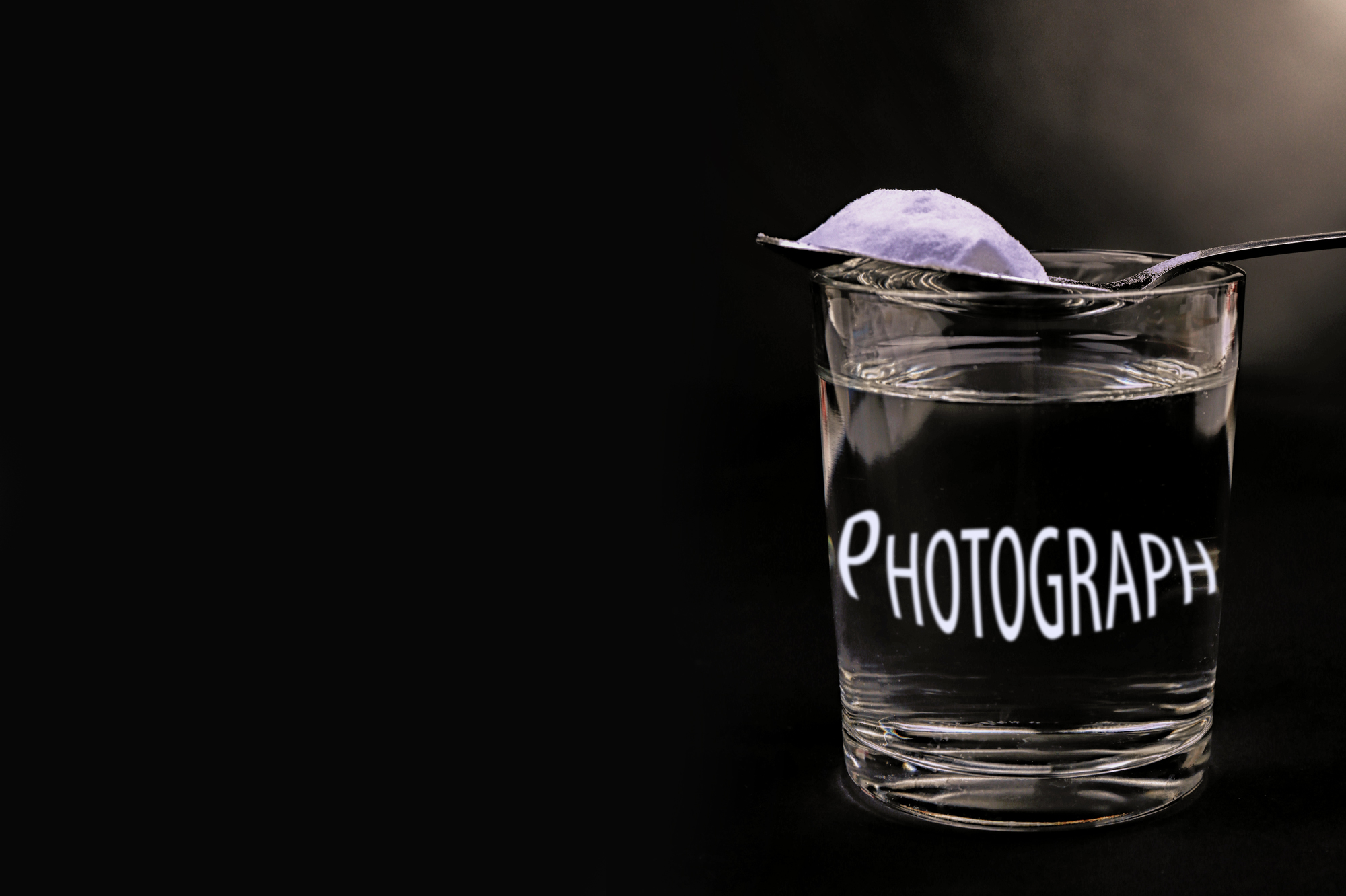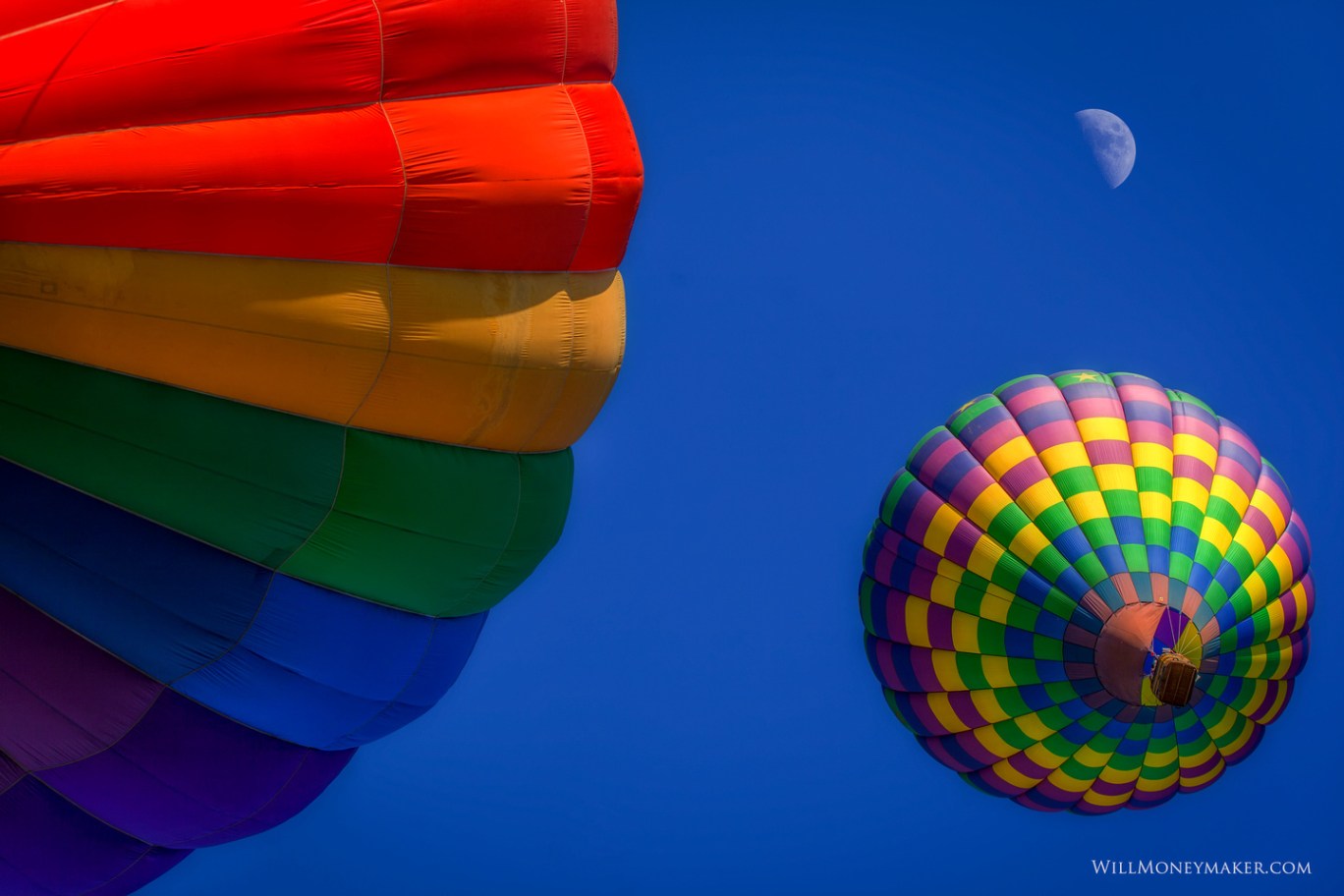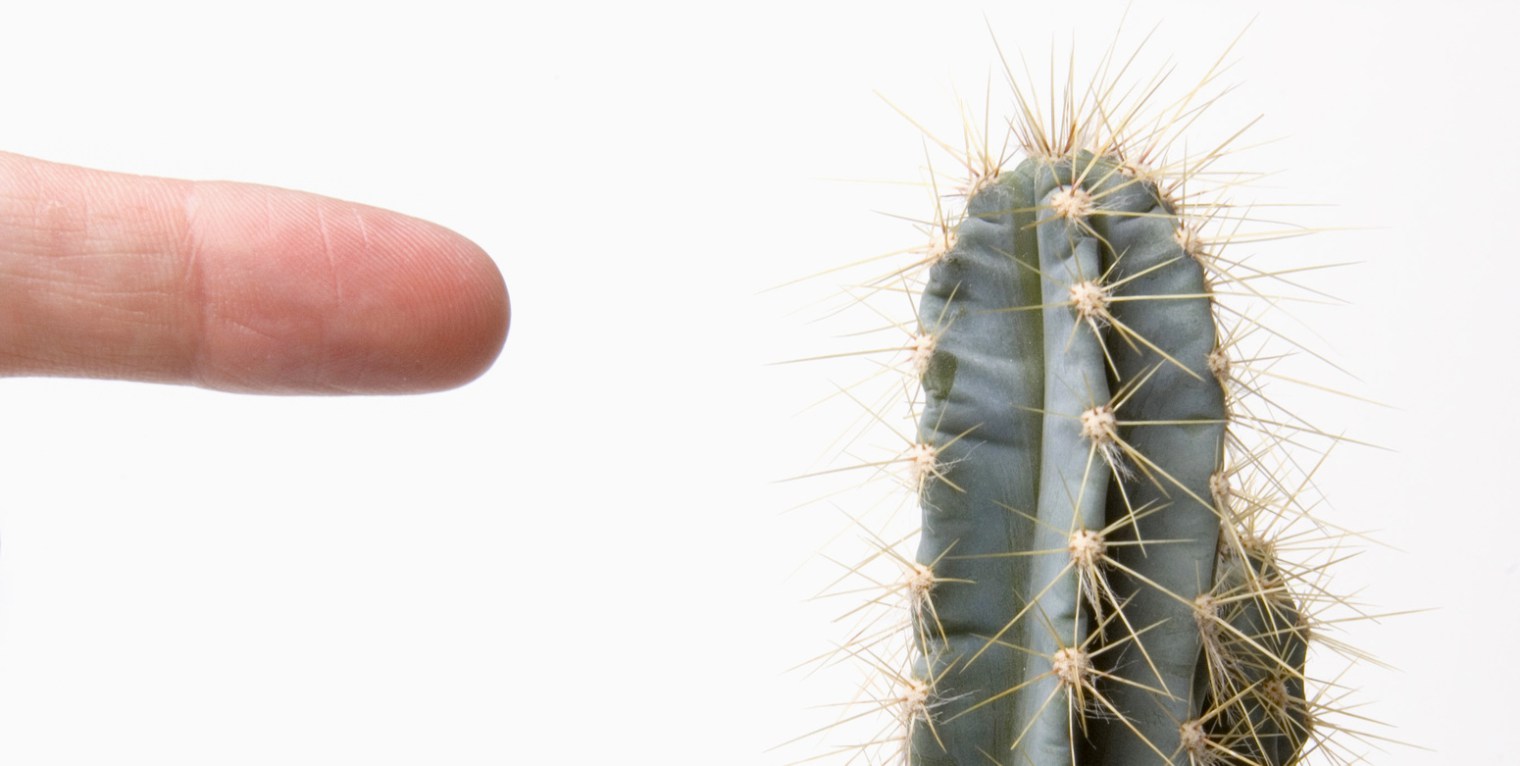The way we think is not just happenstance. In actuality, most of our thought patterns are deeply ingrained. I wake up every morning, knowing how to get a cup of coffee, get dressed and get ready for the day without having to really think about how or why I do these things. The same goes for a lot of the rest of your life — even if you are actively thinking about something or trying to solve a problem, chances are, you’ll use the same logical thought patterns that have worked for you in the past.
For the most part, this is a good thing because it means that you don’t have to relearn how to live each and every day. But, when it comes to creativity, like photography, these thought patterns can become a major hindrance because they don’t really allow for new ways of doing things.
To break out of these patterns, you’ll need to start approaching your art from totally different angles. One great way to do this is to make unusual combinations. You probably remember, as a child in science class, mixing baking soda and water. It’s an unusual combination — one, a liquid, an acid, the other a solid, a base. But combining these two things results in a violent chemical reaction that has fascinated people for decades.
Making unusual combinations in photography is similar to this. Eventually, you’ll land on the right formula and that is where the magic happens. Read on, and I’ll show you some exercises that will help you make discover those unusual, art-worthy combinations.
Telling Stories Through a Series of Images
Groups of images that tell a story are a popular thing to do among photographers, so this one sounds almost like a no-brainer. But, I’m not asking you to create the typical series of images. Instead, what I’m asking you to do is to create a series of wholly unrelated images that still unite to tell a story. The best way to go about this is to pull unrelated images from your archives, but if you just don’t have an image that you’d really like to add to the collection, of course, you can go out and create a new one.
As I’ve said, the point of this exercise is to make unusual combinations. So, for instance, you don’t want to make a series comprised of photos from different sports games. Instead, choose photos with unrelated subject material — a tree, a car, a person and so on. Find relationships between each different subject or each different photo, and use those relationships to tell a story of your own. As you do this, you’ll start asking yourself, “How does this tree relate to that person?” or “How does a car relate to a basketball?” In the answers, you’ll find art.
Create Conflict Between Themes
Another great way to combine the unusual is to combine unusual themes. Now, many photographers have already done similar, which is why you’ll quite often find photos illustrating such things as nature versus the industrial or young versus old. For this exercise, if you know that a pair of themes happens to be common, I’d recommend steering clear of those themes and instead focus on two unrelated themes of your own choosing. Perhaps something like nature versus sports or architecture versus food. As with the first exercise, you’ll want to search for the relationships between these uncommonly paired themes in order to find the photograph.
Choose a Word and Let It Guide You
This is one of my favorite exercises. All you need to do is choose a word — any word, your favorite word, a word that caught your eye in the dictionary, or a word chosen for you randomly. Then, write that word down on a card and put it in your camera bag so that every time you reach for your camera, you’re reminded of the word. Whenever you go out, take pictures that represent the word to you.
As an example, let’s say you chose the word “strength.” What does strength mean to you? Is it a mighty tree or a centuries-old bridge that people still use today? Maybe it is a powerful horse charging through a pasture or a chunk of iron that rusts but refuses to break. Whatever your chosen word is, you’ll certainly find a variety of things that seem unrelated, but in reality, are all united in that they represent the meaning of your chosen word. And again, as with the other exercises, this shows you how to build a connection between things that people normally wouldn’t connect.
Make a Connection Between Photography and Writing
The final way that I would suggest for you to make combinations is a bit different from the other three suggestions. If you’re up for it, combine photography and writing. You can do this in one of two ways: Either take a photo and write about it or do some creative writing and then search for photos to match. I tend to prefer the second method simply because once the writing is done, you’ll be forced to look in unusual places for a matching image.
When it comes to the actual writing, it could be anything — there is no need to limit yourself to one genre or one type of writing. Write a poem or prose, write an essay, short or long, or make haikus. The whole point is to get you to expand your creativity in an organic way so that you can break away from any rigid thought patterns that may be holding you back.
For so many aspects of our lives, thought patterns are necessary and that is why it can be such a difficult thing to overcome when it comes to creativity. Use one or all of these exercises — and repeat them as many times as you like — and you’ll soon find yourself putting wonderful ideas together!





